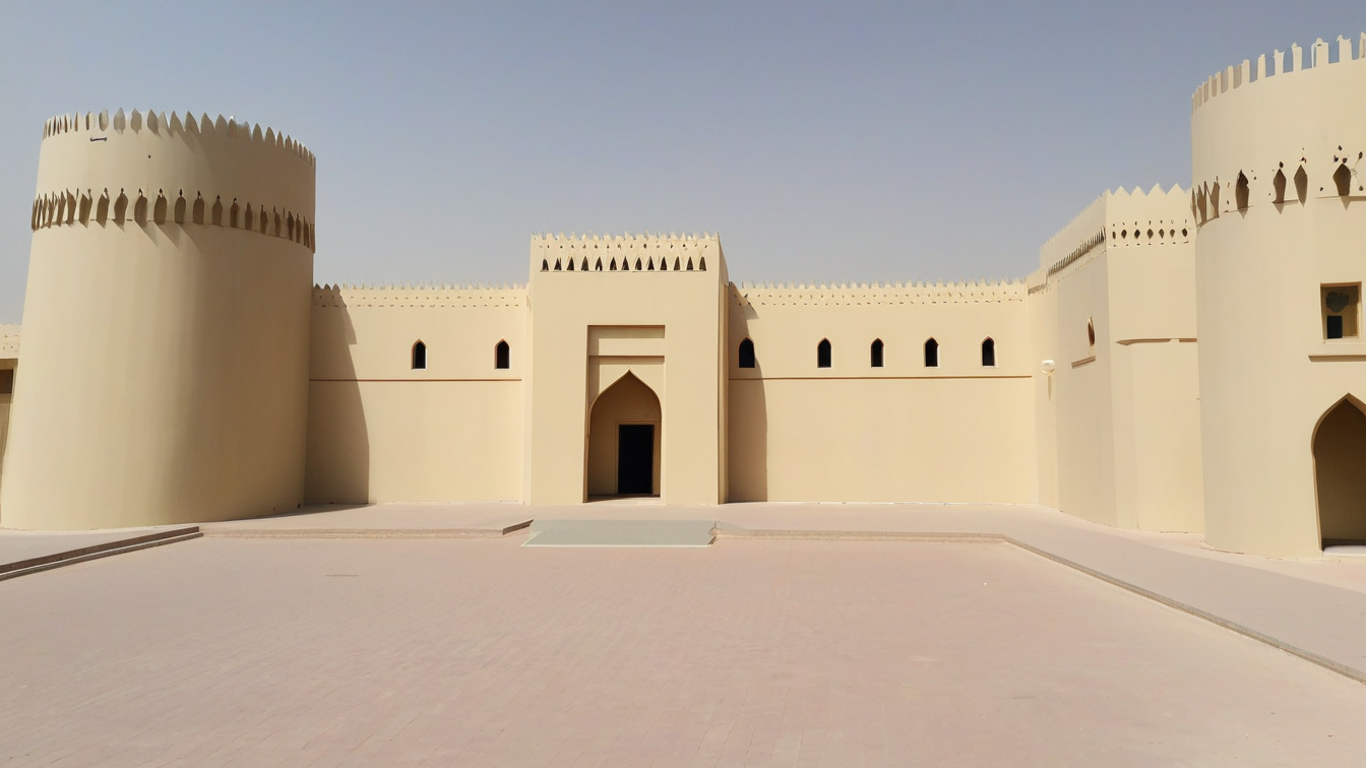 Museums
Museums
Al Ain Palace Museum: Journey Through Sheikh Zayed's Historic Residence in the Heart of UAE
The Soul of a Nation: Discovering the Al Ain Palace Museum
Imagine walking through the same courtyards where Sheikh Zayed bin Sultan Al Nahyan (1918–2004) once held counsel with Bedouin leaders, where children's laughter echoed through traditional majlis rooms, and where the very foundations of modern UAE were laid. The al ain palace museum abu dhabi offers exactly this extraordinary experience, transporting visitors back to an era when Al Ain was the beating heart of the region's political and cultural life.
Located on the western edge of Al Ain Oasis, the Palace of the late Sheikh Zayed bin Sultan Al Nahyan was built in 1937, during a time when the Emirates were still finding their identity. This wasn't merely a residence; it was the epicenter of governance, diplomacy, and family life for one of history's most visionary leaders. Sheikh Zayed lived here until 1966, making it witness to nearly three decades of his formative leadership years.
From Royal Residence to Cultural Treasure
The transformation of this private residence into the sheikh zayed palace museum al ain tells its own fascinating story. It was converted into a museum in 1998 and opened to the public in 2001, representing the UAE government's commitment to preserving and sharing their rich heritage. This wasn't just about creating another tourist attraction; it was about honoring the memory of a leader who transformed seven separate emirates into a unified, prosperous nation.
Architectural Marvel: Where Tradition Meets Functionality
The information about al ain palace museum reveals a structure that perfectly embodies the architectural wisdom of its era. Some of the architectural features typical of the Transition Period (1930s–60s) of building in Al Ain at this time can still be seen at the palace. This "Transition Period" represents a fascinating chapter in Emirati architecture, when traditional building techniques began incorporating new materials and methods.
Walking through the palace museum al ain, visitors immediately notice the distinctive cinnamon-colored walls that have weathered decades of desert sun and sandstorms. The complex showcases the ingenious use of locally sourced materials, primarily mud bricks that provided natural insulation against the harsh desert climate. These walls tell stories not just through their historical significance, but through their very composition – earth from the Al Ain oasis, water from ancient underground channels, and craftsmanship passed down through generations.
The Art of Desert Living
The architectural brilliance of the Al Ain Palace Museum extends beyond aesthetics to practical desert survival. Traditional barjeels (wind towers) dot the complex, representing ancient air conditioning systems that channeled cooling breezes throughout the palace. These structures demonstrate how pre-modern architects solved the challenge of creating comfortable living spaces in one of the world's most challenging climates.
The original structure comprised a private residence for the ruler and his family within a complex of courtyards. These courtyards weren't merely decorative features; they served as natural cooling systems, creating microclimates that provided respite from the desert heat. The layout reflects the traditional Islamic architectural principle of creating private, family-oriented spaces while maintaining areas for public and official functions.
Royal Life Revealed: Inside the Private World of Sheikh Zayed
The most compelling aspect of any visit to the al ain palace museum is the intimate portrayal of family life within these historic walls. Many of the rooms are of the majlis (meeting room for receiving visitors) type, but the museum goes far beyond formal spaces to reveal the human side of leadership.
The family quarters provide fascinating insights into how traditional Emirati customs shaped daily life even at the highest levels of power. The ground floor traditionally housed visiting women, following cultural protocols that emphasized hospitality while respecting privacy conventions. The upper floors served as private family spaces where Sheikh Zayed and his wife, Sheikha Fatima bint Mubarak, raised their children and planned for their nation's future.
The Educational Heart of the Palace
Perhaps nowhere is the palace's commitment to tradition and progress more evident than in the preserved study rooms. Original desks and blackboards remain exactly as they were when the royal children received their education within these walls. These classrooms represent Sheikh Zayed's deep belief in education as the foundation of national development – a philosophy that would later shape the UAE's massive investments in learning institutions.
The palace also features a dedicated room for Quranic studies, beautifully decorated with calligraphy and verses from the Holy Quran. This space reflects the spiritual foundation that guided Sheikh Zayed's leadership philosophy and his commitment to Islamic values in governance.
Treasures and Artifacts: Windows into Emirati Heritage
The museum's collection extends far beyond architectural preservation to include an impressive array of artifacts that bring history to life. The restoration added two new buildings to the complex, one of which houses administrative offices and displays artefacts gifted to the museum by the local community. This community contribution aspect makes the museum a truly collective memorial to the region's heritage.
The other building shows the Al Nahyan family tree, providing information about the country's rulers and their lineage. This genealogical display offers visitors the rare opportunity to understand the historical continuity of leadership that shaped the UAE's development over centuries.
The Land Rover: Symbol of Desert Leadership
Among the museum's most iconic displays is a Land Rover, similar to the ones Sheikh Zayed bin Sultan Al Nahyan preferred to use for his travels across the desert. This vehicle represents far more than transportation; it symbolizes Sheikh Zayed's hands-on leadership style and his commitment to staying connected with Bedouin communities throughout the UAE.
The Land Rover tells the story of a leader who rejected the isolation of power, instead choosing to traverse the desert regularly to maintain direct contact with citizens from all walks of life. These journeys weren't merely ceremonial; they were working trips where Sheikh Zayed gathered intelligence about local needs, resolved disputes, and ensured that government policies reflected ground-level realities.
The Grand Tent: Bedouin Hospitality Preserved
A large, modern tent in the museum complex is a reminder of the traditional tent that Sheikh Zayed bin Sultan Al Nahyan used to receive guests. The tent reflects Bedouin tradition and Arab hospitality. This installation bridges the gap between the palace's formal diplomatic spaces and the informal, traditional settings where much of Arabian leadership has historically taken place.
The tent serves as a powerful reminder that despite the UAE's rapid modernization, its leaders never forgot their nomadic roots. It represents the principle that true leadership requires accessibility – that even the most powerful ruler must remain approachable to the humblest citizen.
Planning Your Visit: Essential Information for Travelers
While the al ain palace museum abu dhabi is currently undergoing renovations, understanding the typical visitor experience will help you plan for its eventual reopening. The museum has traditionally offered one of the UAE's most accessible cultural experiences, with admission is free – reflecting the government's commitment to making heritage accessible to all.
Historical Operating Hours and Access
Before closure, the museum maintained visitor-friendly hours: Tuesday, Wednesday, Thursday, Saturday and Sunday: 08:30 am to 07:30 pm, with from 3 to 7:30 p.m. on Fridays. These extended hours accommodated both domestic and international visitors, allowing plenty of time for thorough exploration.
The self-guided tour experience typically required roughly an hour for basic exploration, though history enthusiasts often spent significantly longer absorbing the rich details of each exhibit. The museum's layout facilitated easy navigation while encouraging visitors to linger in spaces that particularly captured their interest.
Location and Transportation
The museum's strategic location on Hessa bint Mohammed Street next to Al Ain Oasis places it at the heart of Al Ain's cultural district. This positioning allows visitors to easily combine their palace museum experience with exploration of the oasis itself – a UNESCO World Heritage site that provides crucial context for understanding the region's historical development.
The X90 bus connects Abu Dhabi city and Al Ain, while all Al Ain routes stop within walking distance of the museum. This public transportation accessibility makes the museum reachable for visitors regardless of their transportation arrangements.
The Perfect Season: When to Experience Al Ain Palace Museum
The desert climate significantly impacts the visitor experience at the sheikh zayed palace museum al ain. Best time for a visit is from October to March, when temperatures moderate from the extreme summer heat to more comfortable levels ideal for outdoor exploration.
During the cooler months, the palace's courtyards and gardens become particularly enchanting. The traditional architecture that provided natural cooling during scorching summers transforms into pleasant outdoor spaces where visitors can truly appreciate the ingenuity of desert building techniques. The interplay of shadows and light across the mud-brick walls creates constantly changing visual experiences throughout the day.
Understanding the Desert Climate
Summer visits, while possible, require significant preparation due to extreme temperatures that can exceed 45°C (113°F). The palace's traditional cooling systems, while ingenious for their time, cannot compete with modern air conditioning standards. However, experiencing the museum during cooler months allows visitors to appreciate how the architectural features actually functioned in creating comfortable living conditions.
The shoulder seasons of October-November and February-March offer the ideal balance of comfortable temperatures and clear skies that showcase the palace's desert setting at its most photogenic.
Beyond the Palace: Exploring Al Ain's Cultural Landscape
The al ain palace museum serves as an excellent starting point for exploring Al Ain's broader cultural offerings. The adjacent Al Ain Oasis, a UNESCO World Heritage site, provides essential context for understanding why this location became the political and economic center of the region.
The oasis's ancient falaj irrigation system represents engineering achievements that rival any modern infrastructure project. These underground channels, some dating back over 3,000 years, demonstrate the long-term planning and community cooperation that made permanent settlement possible in this desert environment. Understanding this agricultural foundation helps visitors appreciate why Sheikh Zayed chose to maintain his residence here even as the UAE's political center shifted to Abu Dhabi.
Connected Heritage Sites
Al Ain's designation as a UNESCO World Heritage site encompasses multiple interconnected locations that together tell the story of human adaptation to desert environments. The nearby Hili Archaeological Park reveals Bronze Age settlements that predate the palace by thousands of years, while Jebel Hafit's ancient tombs demonstrate the region's role as a crossroads of ancient civilizations.
Visitors often combine their palace museum experience with exploration of Al Jahili Fort, another beautifully preserved example of traditional Emirati architecture. These sites collectively create a comprehensive narrative of Al Ain's evolution from ancient oasis settlement to modern cultural center.
Photography and Cultural Etiquette
The palace museum al ain offers exceptional photography opportunities, from the geometric patterns of traditional Islamic architecture to the interplay of light and shadow in the courtyards. However, visitors should always respect local customs and any posted guidelines regarding photography, particularly in areas containing religious inscriptions or family artifacts.
The museum's design inherently respects Islamic architectural principles, including the separation of public and private spaces. Visitors should approach these spaces with appropriate reverence, understanding that they're walking through what was once the private home of the UAE's founding family.
The Living Legacy: What the Museum Teaches Us Today
The true value of information about al ain palace museum extends far beyond its historical artifacts to the lessons it offers about leadership, vision, and cultural preservation. Sheikh Zayed's approach to governance – accessible, consultative, and grounded in traditional values while embracing necessary progress – provided the foundation for the UAE's remarkable development.
The museum demonstrates how effective leadership requires deep cultural roots combined with openness to change. Sheikh Zayed never abandoned the majlis tradition of consulting with citizens, even as he navigated complex international relations and managed rapid economic transformation. This balance between tradition and modernity continues to characterize UAE governance today.
Lessons in Nation Building
The palace museum also illustrates the importance of preserving cultural identity during periods of rapid change. Rather than abandoning traditional architecture and customs as the UAE modernized, Sheikh Zayed insisted on maintaining connections to Emirati heritage. This philosophy influenced major cultural projects throughout the UAE, from the design of modern government buildings to educational curricula that emphasize local history.
Visitors leave understanding that successful development requires more than economic growth; it demands careful preservation of the values and traditions that define a people's identity. The museum serves as a masterclass in how leaders can honor their past while building their future.
Preparing for Your Future Visit
While the al ain palace museum abu dhabi undergoes its current renovation, this presents an opportunity for prospective visitors to deepen their preparation for an eventual visit. The renovation project represents the UAE government's ongoing commitment to preserving and enhancing cultural sites, ensuring that future visitors will experience an even more comprehensive and engaging exploration of Sheikh Zayed's legacy.
The renovation likely involves both preservation work on original structures and technological upgrades that will enhance the visitor experience without compromising the site's historical authenticity. Modern museum techniques, including interactive displays and multimedia presentations, may be integrated in ways that complement rather than overshadow the palace's inherent historical value.
Connecting with Local Culture
Future visitors should consider engaging with local cultural centers and community organizations in Al Ain to gain deeper insights into the region's ongoing traditions. The palace museum, while central to understanding UAE history, represents just one chapter in the continuing story of Emirati culture.
Learning basic Arabic phrases, understanding Islamic customs, and familiarizing yourself with Bedouin traditions will significantly enrich your museum experience. The palace comes alive when visitors can appreciate the cultural contexts that shaped daily life within its walls.
Experience the Heart of Emirati Heritage
The Al Ain Palace Museum represents more than a tourist destination; it's a journey into the soul of the UAE. When the museum reopens following its renovation, it will continue to offer visitors an unparalleled opportunity to walk in the footsteps of one of the Middle East's most visionary leaders.
Have you visited the Sheikh Zayed Palace Museum or other UAE heritage sites? Share your experiences and travel tips in the comments below! Your insights help fellow travelers appreciate the rich cultural treasures that await in the heart of the Arabian Peninsula.
Stay updated on the museum's reopening by following Abu Dhabi Department of Culture and Tourism for the latest information.
For more incredible UAE travel experiences, explore our guides to Dubai Mall and other premier destinations that showcase the perfect blend of tradition and modernity that defines the Emirates.
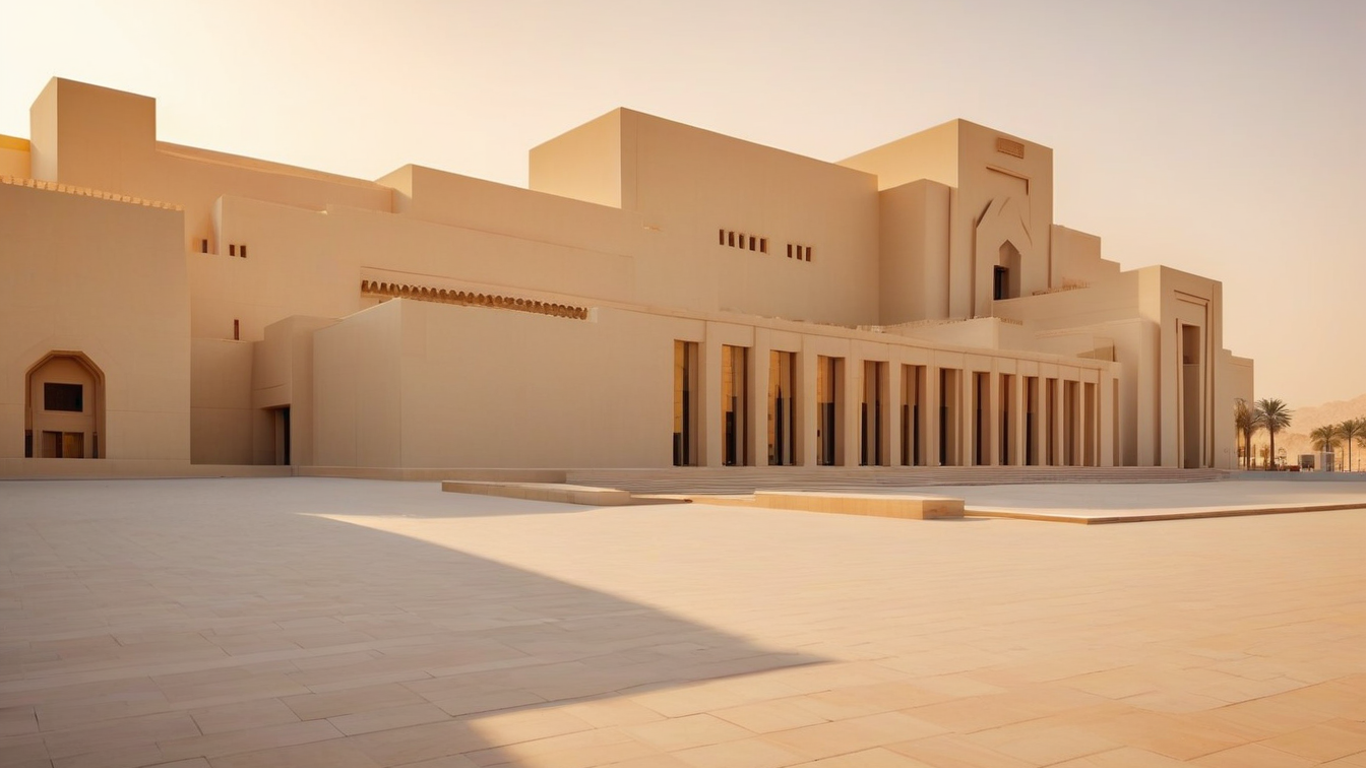
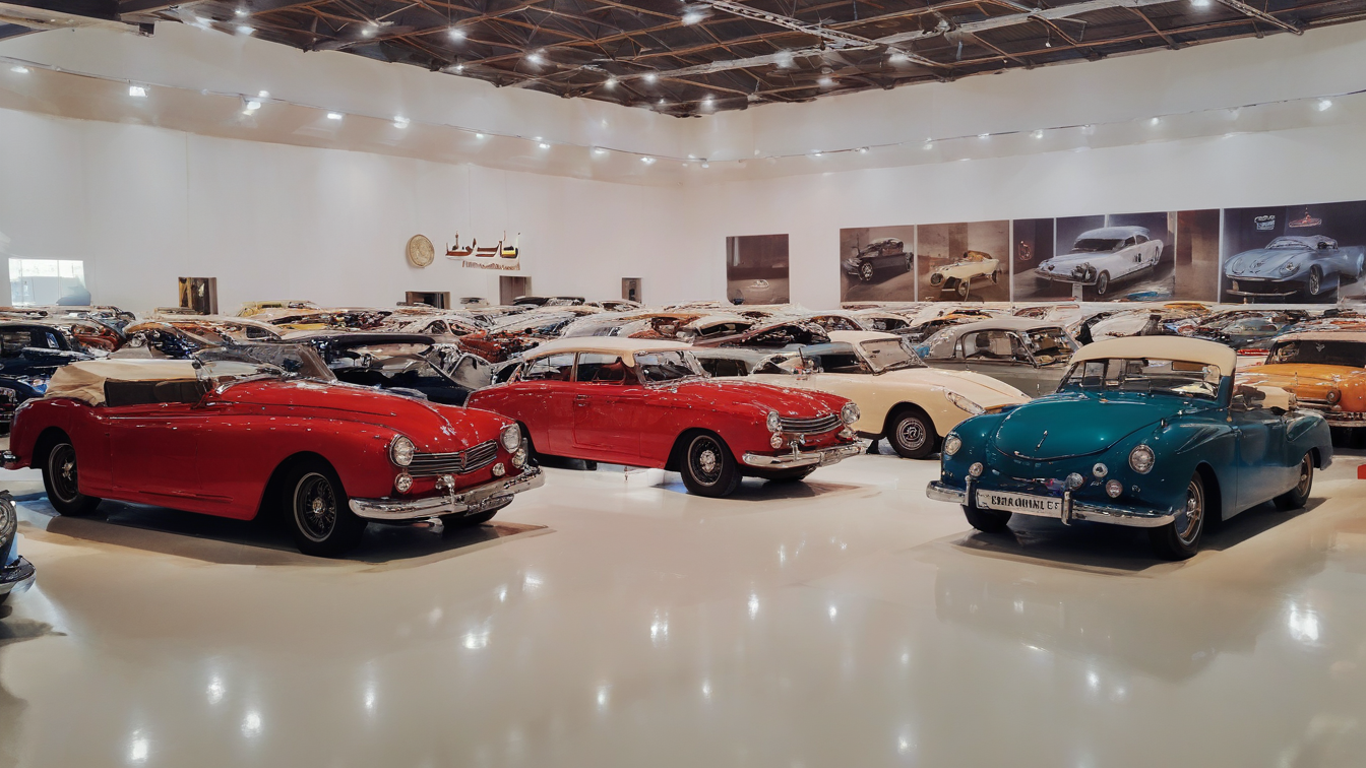
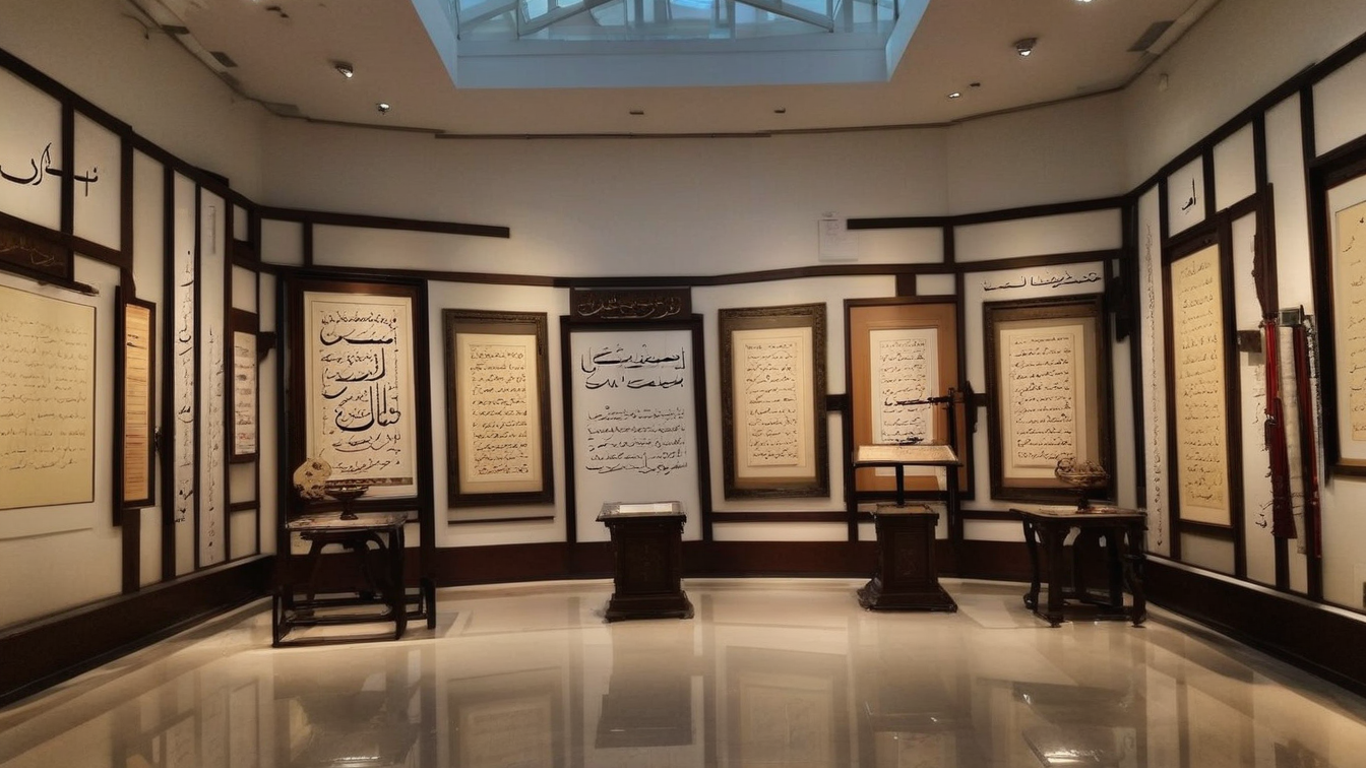

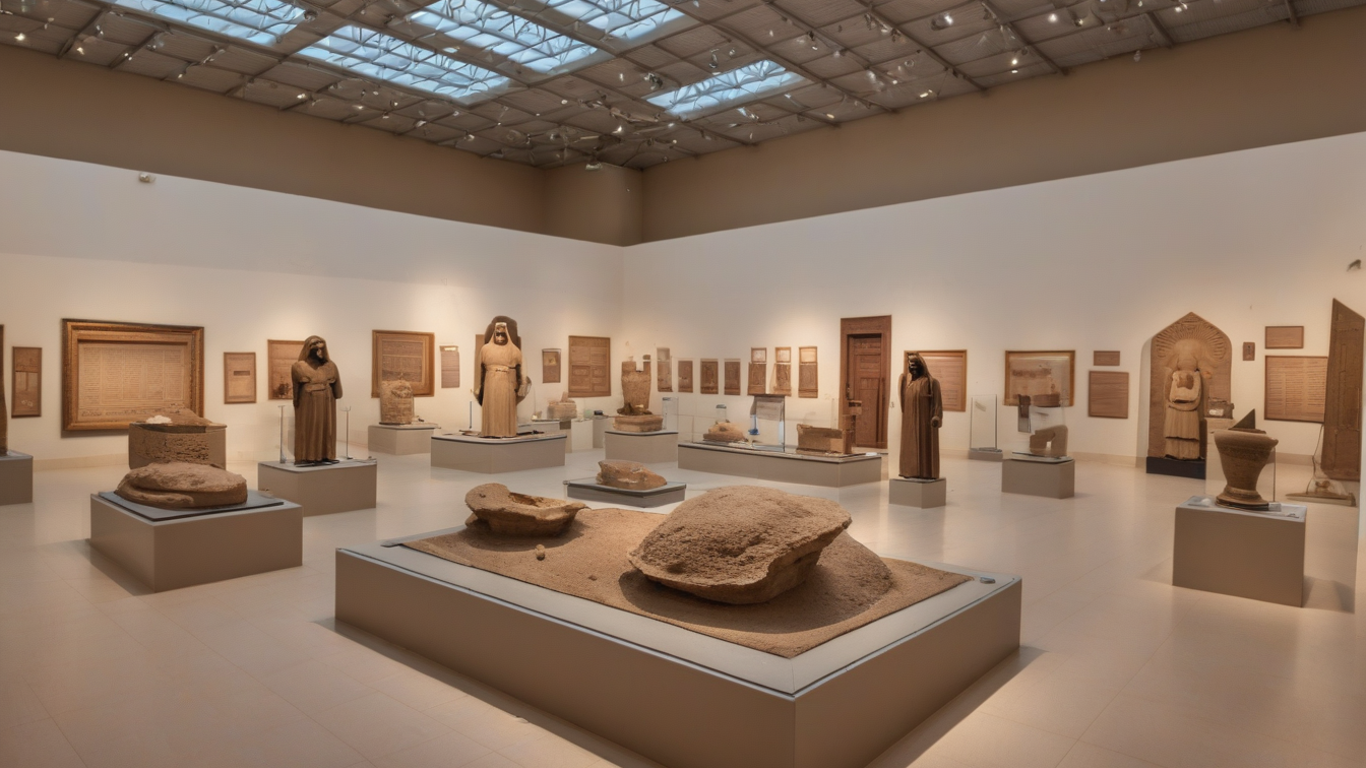
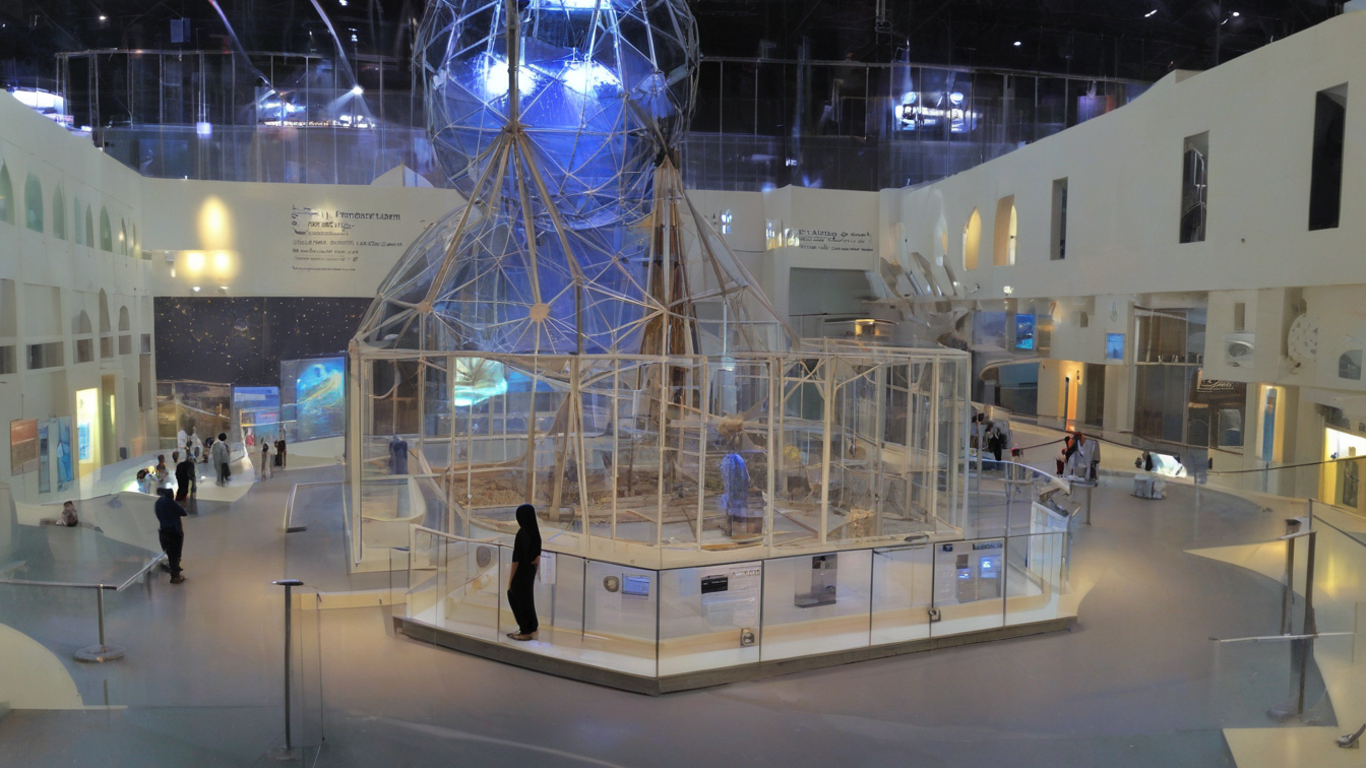
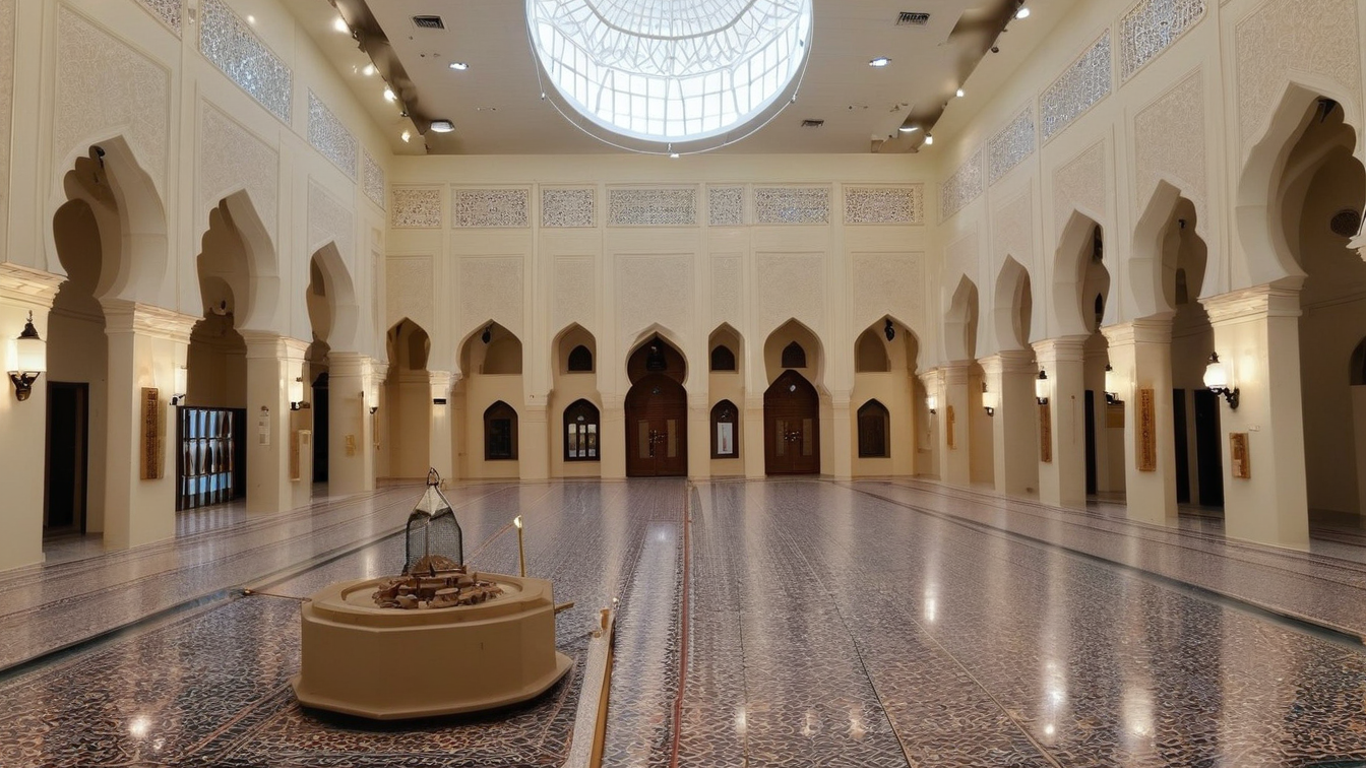
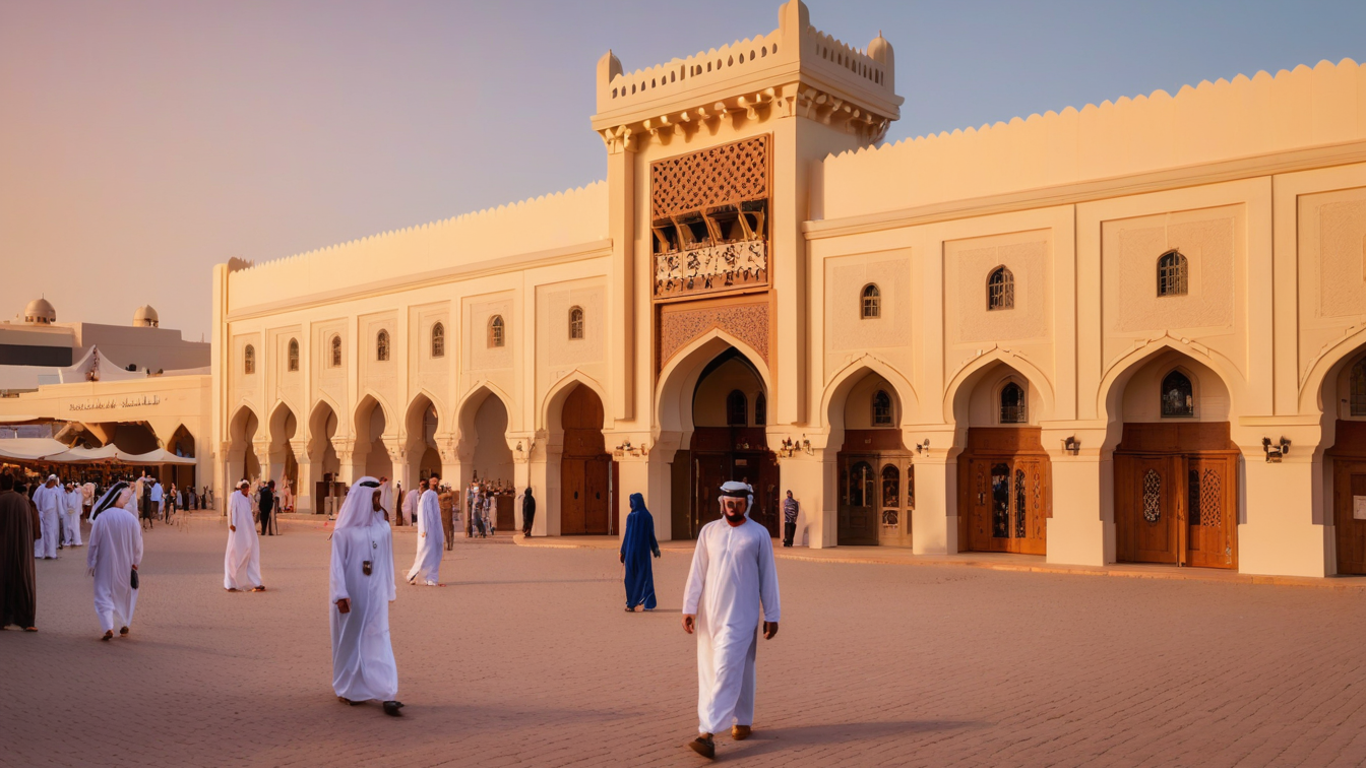

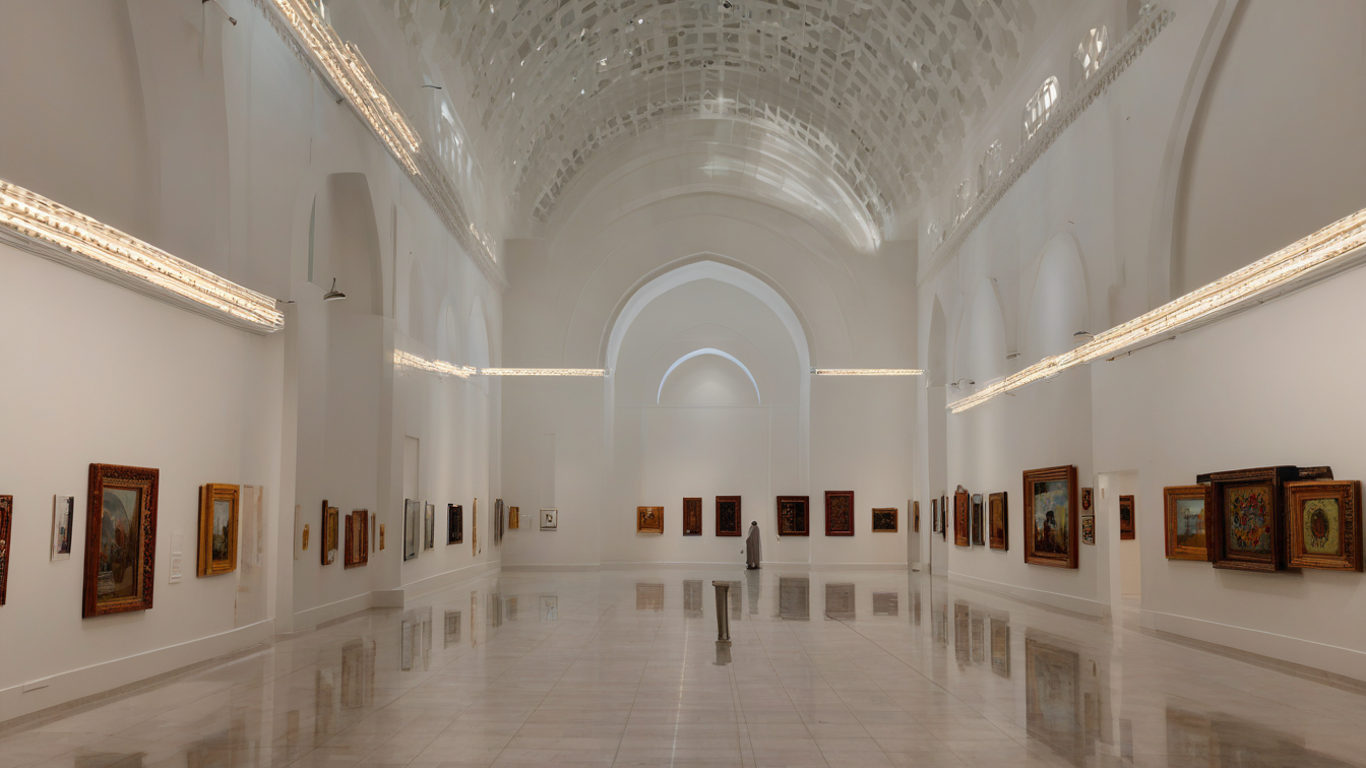
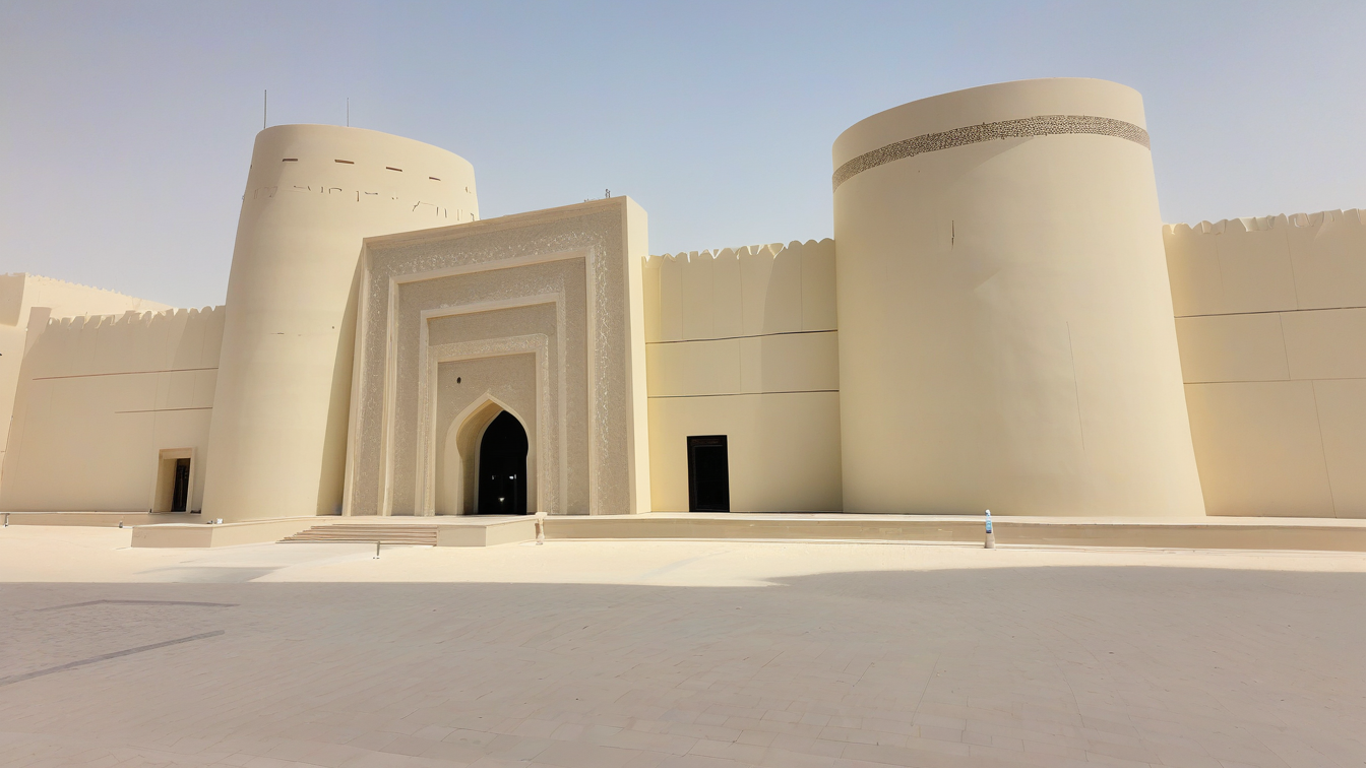
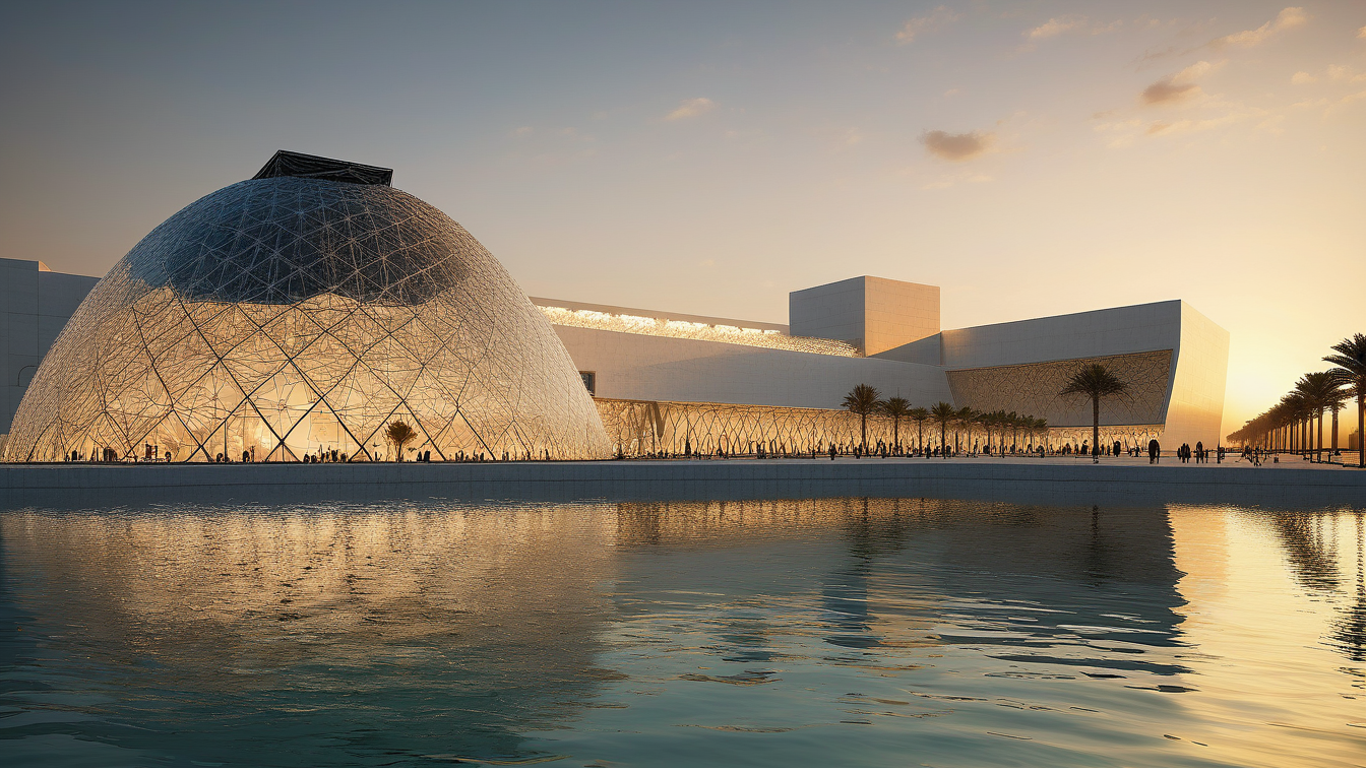

Comments (0)
{{ obj.comment_user_info.fullname }}
{{ obj.date_formatted }}{{ expandedComments[index] ? obj.comment : obj.comment.slice(0, 50) + (obj.comment.length > 50 ? '...' : '') }}
Add Comments
Login to comment